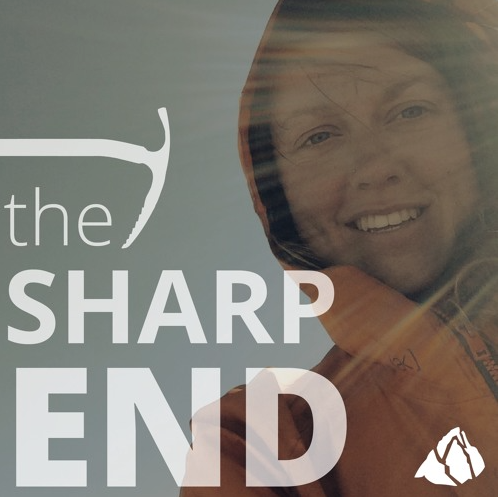Bouldering Fall — Insufficient Pads
California, Joshua Tree National Park, Hidden Valley Area
On November 9, Gibson McGee (19) was bouldering on White Rastafarian, a V2 highball (some say V3) that has been the scene of many accidents. He fell from near the top and struck the ground, shattering his L1 vertebra (the highest bone in the lower back).
Though Mountain Project describes White Rastafarian as “one of JTree’s finest problems,” the climb is 25 feet tall—more like a short route instead of a boulder problem. After the midpoint crux, the climber is faced with a tricky mantel top-out.
McGee wrote to ANAC, “I was heading to Joshua Tree for the weekend, and I was planning on meeting a group who were coming in the following morning. After setting up camp, I went to go climb the nearby White Rastafarian. I had previously attempted it but fell at the crux [15 feet off ground]. I was fine with no injuries.” McGee laid out three crash pads, set up a video camera to record himself, and started up the route.
“I got to the top of the route [about 25 feet off ground] and was too pumped to do the ‘easy’ mantel onto the top of the rock. I looked down and decided I could drop safely. I dropped, but when I hit the ground, I ended up shattering my L1 vertebra. I then crawled to the nearby Hidden Valley Campground, where I got help and was transported by ambulance to the Hi Desert Medical Center.”
As of November 2023, McGee was recovering. He wrote, “While I am eager to be able to climb again, healing physically and mentally will take quite some time. I was very fortunate, looking back on the possible injuries I could’ve sustained.”
ANALYSIS
Bouldering is inherently dangerous, and highball problems particularly so. On Reddit, “un poco lobo” posted, “Was chatting with a park ranger who said they see more accidents on WR [White Rastafarian] than pretty much all other routes/problems combined.”
McGee had been climbing outdoors consistently for the year prior. He wrote, “I saw White Rastafarian the first week I started climbing. It has always been a dream for me to do it.” His pad placements were correct, and he landed cleanly—no part of his body struck exposed ground. While multiple pads are a great idea, an evenly distributed second layer of pads might have saved McGee from a trip to the hospital. Covering gaps between pads with a thin “slider” pad also would have provided additional safety. McGee mentioned, “I should’ve brought a buddy and stacked bouldering pads.”
For highballs, spotters need to be careful (and may even be extraneous), as the impact forces of a falling climber can be equally harmful to the spotter. While spotting highballs is more art than science, the general rule is to ensure that the falling climber stays on the pad after impact. (Guaranteeing that the climber impacts the pad itself is part of good pad placement.) A spotter should also protect the climber’s head and neck from impacting bare ground or surrounding obstacles. Another good rule to follow is to never fall above the 20-foot mark. Be open to using a top-rope to practice the problem. The great John Gill himself was a big exponent of top-roping.
Finally, Joshua Tree has a well-earned reputation for tricky climbing with a long learning curve. Different climbing areas have special characteristics that a grade does not necessarily convey. It’s a good idea to be conservative as you learn the peculiarities of an area. Said McGee, “I have bouldered in Joshua Tree four or five times. The grading is much, much harder than what you might think. I let the number [V2] get in my head rather than trusting the true difficulty of J-Tree grades.” (Sources: Gibson McGee, Mountain Project, Climbing magazine, Reddit, and the Editors.)

